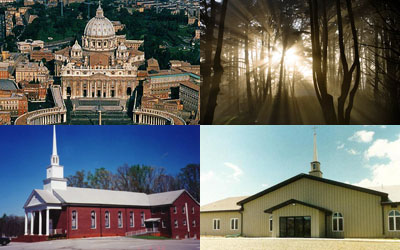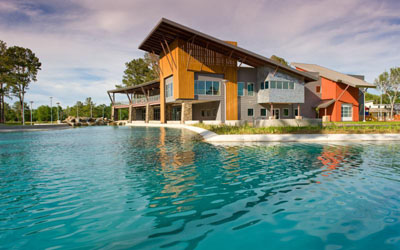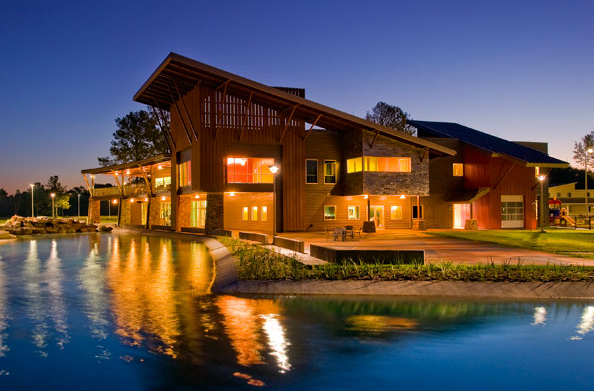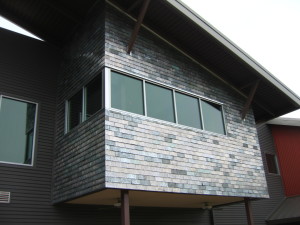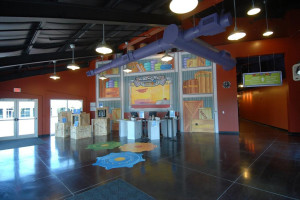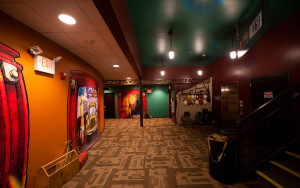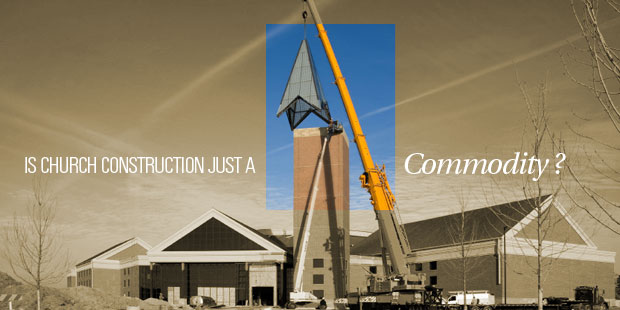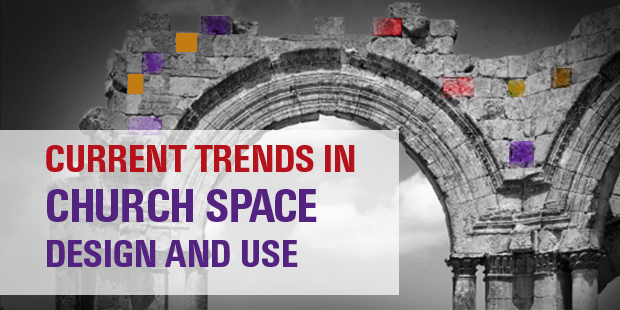
Storytelling Begins with Passion, People, and Place
When our clients come to us, invariably they arrive with a need for which they require a solution. Simple enough. However, if we attempt to deliver a solution without a proper understanding of the problem, we will fail every single time.
At Visioneering Studios, we begin our Envision.Design.Build process by putting down our pens and turning up our ears. We dare not present any sort of solution until we understand the story of the people for whom we are working and the place they want to create.
Everything begins with the story.
At the core of our team is our identity as storytellers, spatial storytellers. We are a multi-disciplinary group of professionals bringing years of experience to the table from film, urban planning, architecture, interior design, development, real estate, and writing. We have learned that to best understand the story we must first assume the roles of cultural anthropologists. We will search for the three elements that will drive this story; passion, people, and place.
>> PASSION: A NARRATIVE OF REDEMPTION
Most people would agree with the definition of passion as “a strong feeling of enthusiasm or excitement for something or about doing something.” That’s nice…but that doesn’t quite do it for me. It’s a little too fluffy, too polished, and nothing like real life.
My view of passion is more akin to the one that describes the anguish and suffering that Jesus Christ endured the night before and during his crucifixion. For me, passion is the amount of pain that one is willing to endure in order to fulfill the mission. It’s not always a pleasant experience, but it is one driven by a sense of moral and spiritual imperativeness.
Passion is a narrative of redemption. Redemption is about change or transformation. Stories grip our heartstrings when they describe a peaceful existence torn apart by insurmountable adversity, and then climax with a heroic victory.
Spatial storytelling must follow the same story arc.
We ask our church partners, what “dead and dry bones” do you want to see new life breathed into? What marriages do you see as mended? What parental prayers do you believe will be answered? What stories will be rewritten?
That’s the passion we are talking about. This is the story we want to help tell; a narrative of redemption.
>> PEOPLE: THE CAST OF CHARACTERS
Stories simply do not exist without characters. Each church we work with has a unique calling to a specific people. These people are possibly made up of different socio-economic statuses, ethnicities, religious beliefs, sexual orientations, and other sub-cultures. Each of them derives identity and meaning from different things and different places. Are these understood?
Before you design a solution or deliver a sermon you believe will change lives, listen to them first. This is called empathy. One of my favorite quotes about empathy comes from the René Laennec, the French physician/inventor of the stethoscope. He told his students, “Listen to your patients, they are telling you how to heal them.”
When you understand the context and character of your audience, you will be able to deliver a suitable word, which is fitly spoken “…like apples of gold in pictures of silver.” Empathy makes you a better designer, a better preacher, and a better problem solver.
>> PLACE: A SOIL-SPECIFIC SOLUTION
Not only has God given you a unique passion for a specific people, but He has also called you to a specific place. This may be defined as a metropolitan area, a city proper, or a specific neighborhood.
In the secular world, there is a growing appreciation for place. Retailers like Starbucks have adopted the business model of making third places (the place between where you work and play). Developers are creating mixed-use developments to manufacture cities within cities, and place making is a trending topic aim in the architecture and urbanism circles.
But, where is the Church in this conversation?
Some churches have failed to understand and adopt a proper theology of place, which states that it is God’s desire, plan, and promise to redeem a connection to people and place. They hold on to an old model of sacred spaces, which separates the sacred from the secular by creating ‘holy huddles’. They isolate themselves from the community to which they are called to redeem and to bring Shalom.
They fail to connect to connect the theological dots. When Jesus Christ exhaled His last breath on the cross, not only was His job finished, but also the tabernacle veil was ripped in two. This veil, which had previously relegated access to God’s presence to one person one time a year, was eternally torn to allow access by all mankind. This democratization of access was foreshadowed when a Samaritan woman, a cultural and spiritual half-breed, met Jesus, a Jewish rabbi, at a water well and experienced redemption.
Churches today are not only called to be places for redemption, but they called to be places of redemption. Places where every Average Joe and Plain Jane could encounter redemption in synch with the natural rhythms of their life. These are the connections between the God’s passion for a people and a place.
So, what does that look like? Well, that’s where the story making begins.

Tags: Passion, People, Place, Steven Chaparro, Storytelling, Visioneering Studios















